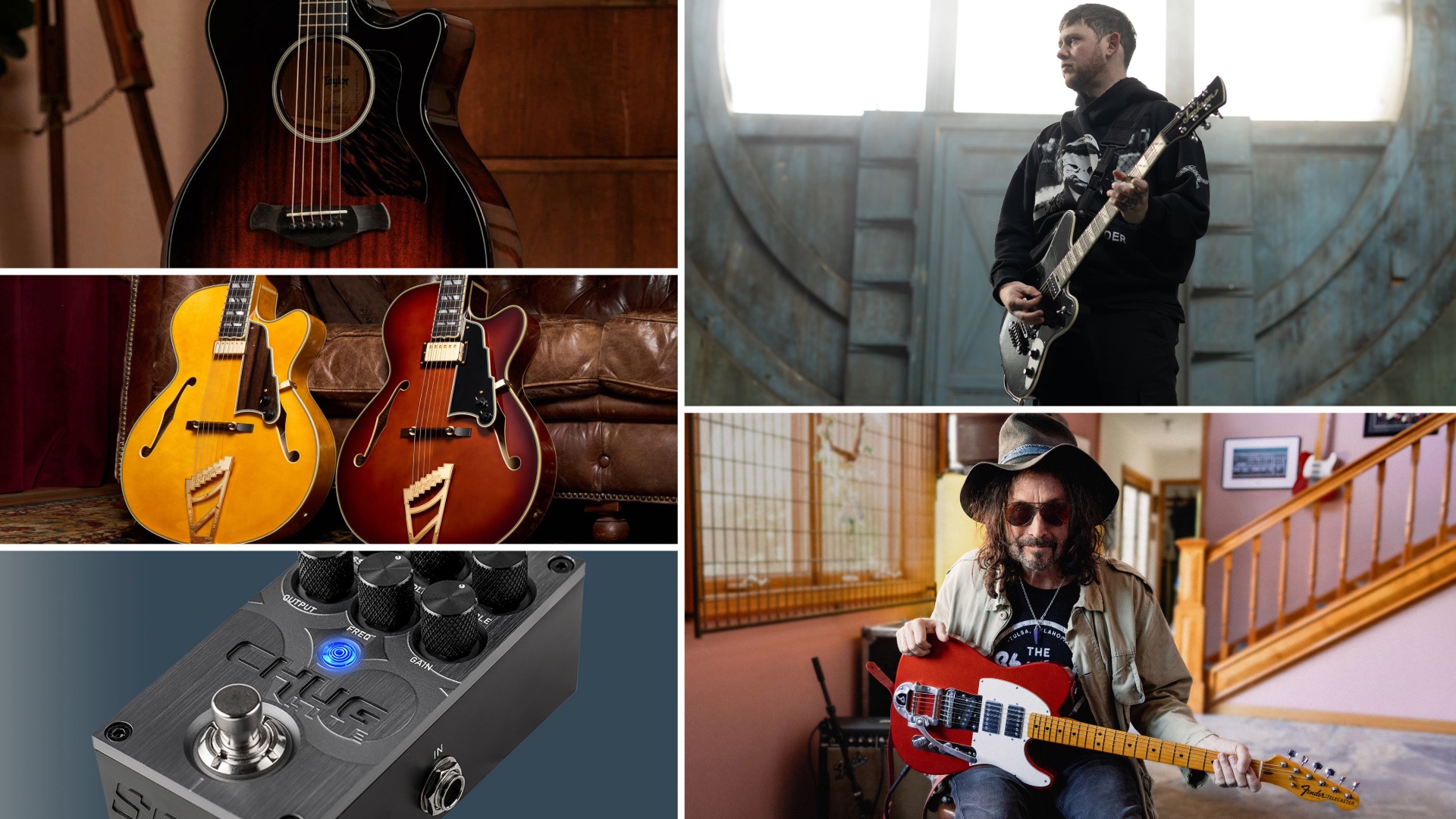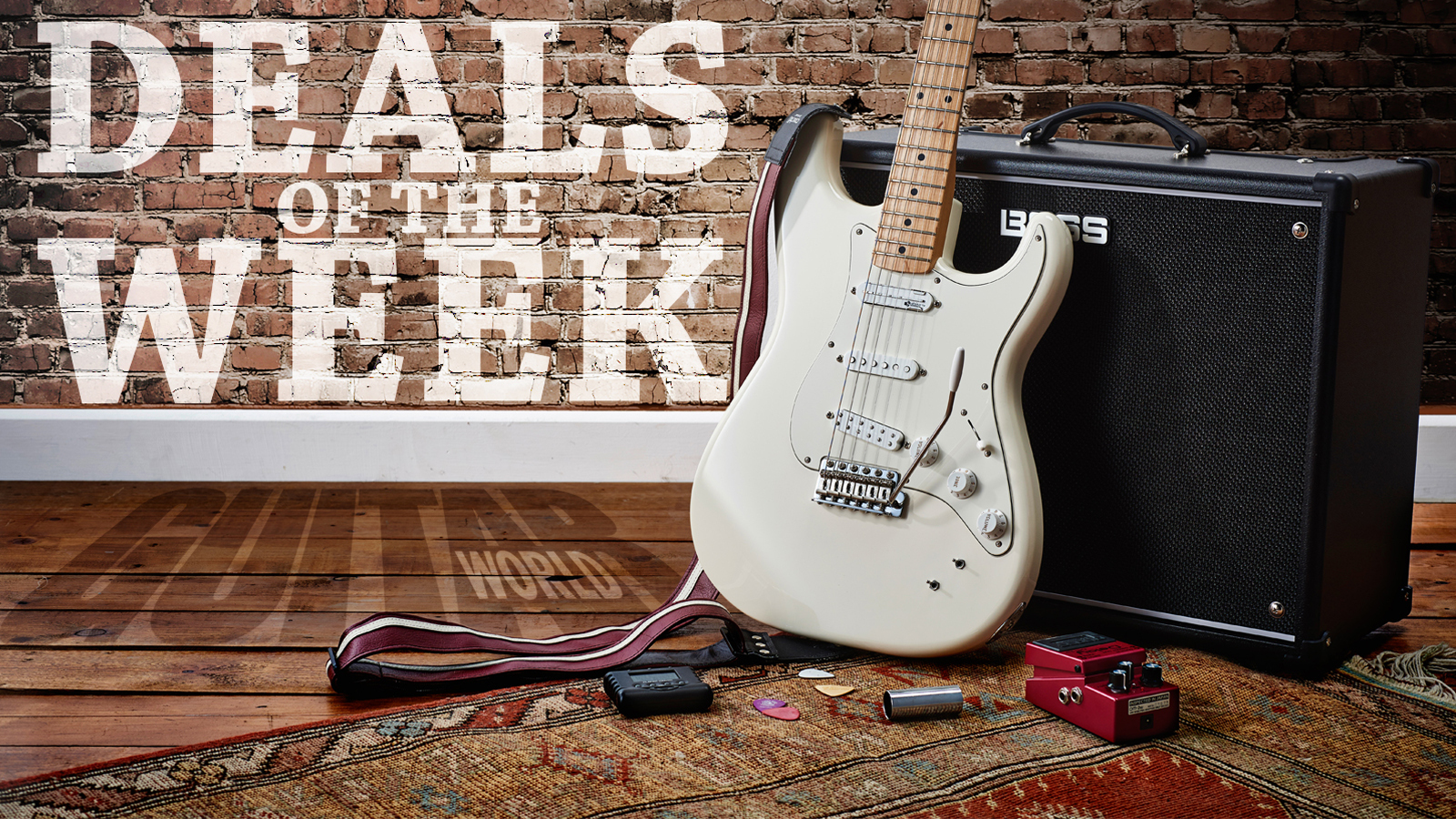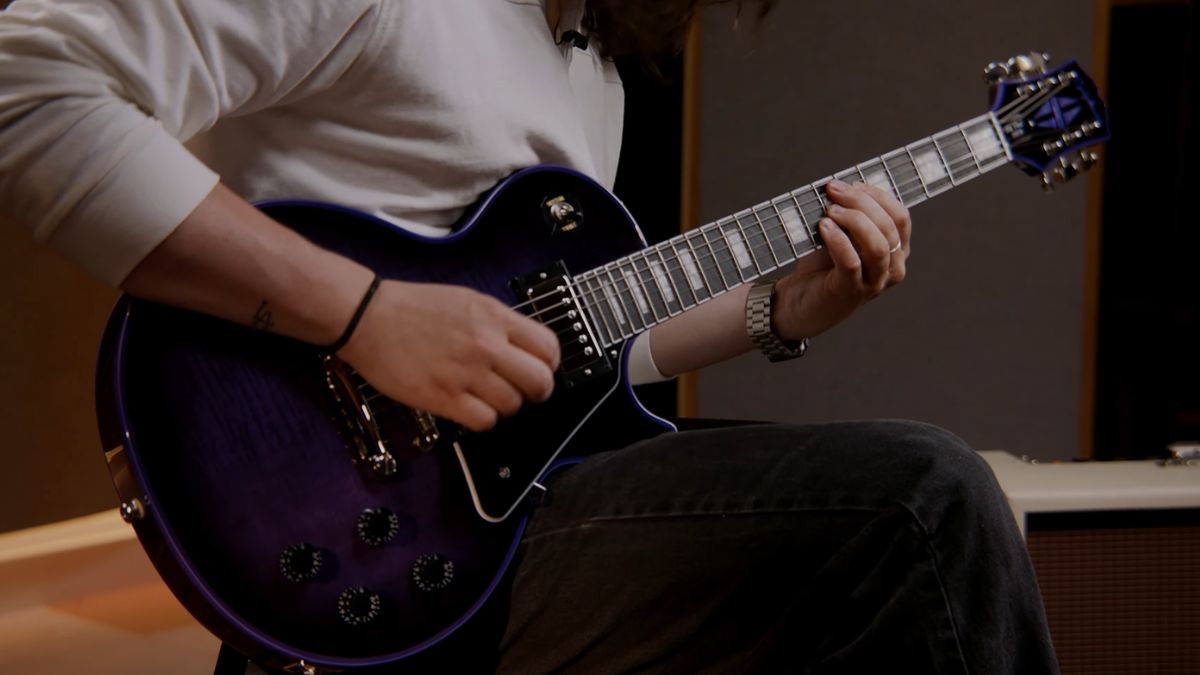“Less interference, less dropouts”: Blackstar muscles in on the wireless system market with AIRWIRE i58 – but how does it stack up against the competition from Positive Grid and Fender?
The wireless guitar system market is becoming more competitive than ever, and Blackstar’s flagship offering looks set to become a key player
Blackstar has thrown its hat into the burgeoning wireless guitar systems market by announcing the AIRWIRE i58 – a new gadget that promises cable-less playing with “less interference, less dropouts”.
It’s certainly an interesting time for compact wireless systems. Blackstar is but one of a number of big-name brands who have sought to wrestle control of the wireless market over the past year or so.
In 2024, we saw the arrival of the Positive Grid LINK and the Fender Telepath, both of which aimed to offer interruption-free and cable-less playing at attractive price points. The AIRWIRE i58, then, is looking to provide players with yet another option for cutting their guitar cables.
For its flagship wireless system, Blackstar is keen to stress the fact it operates within the 5.8 GHz range, as opposed to the 2.4 GHz range that “the majority of wireless systems” out there settle for. This is a less-crowded frequency band that is “immune to WiFi interference”, and offers low noise and less dropouts.
Perhaps the other biggest appointment here is Blackstar's switchable Cable Tone feature, which simulates the tonal effects of using a traditional cable.
To that end, longer leads can result in some treble loss, and while the AIRWIRE i58 prevents this as standard, the Cable Tone option can dial it back in for a more authentic sound, if so desired.
Other specs include four independent channels, a transmission distance up to 100 feet, and a latency of less than six milliseconds, as well as a 20Hz-20kHz frequency response and an operation time of nine hours when fully charged.
Get The Pick Newsletter
All the latest guitar news, interviews, lessons, reviews, deals and more, direct to your inbox!
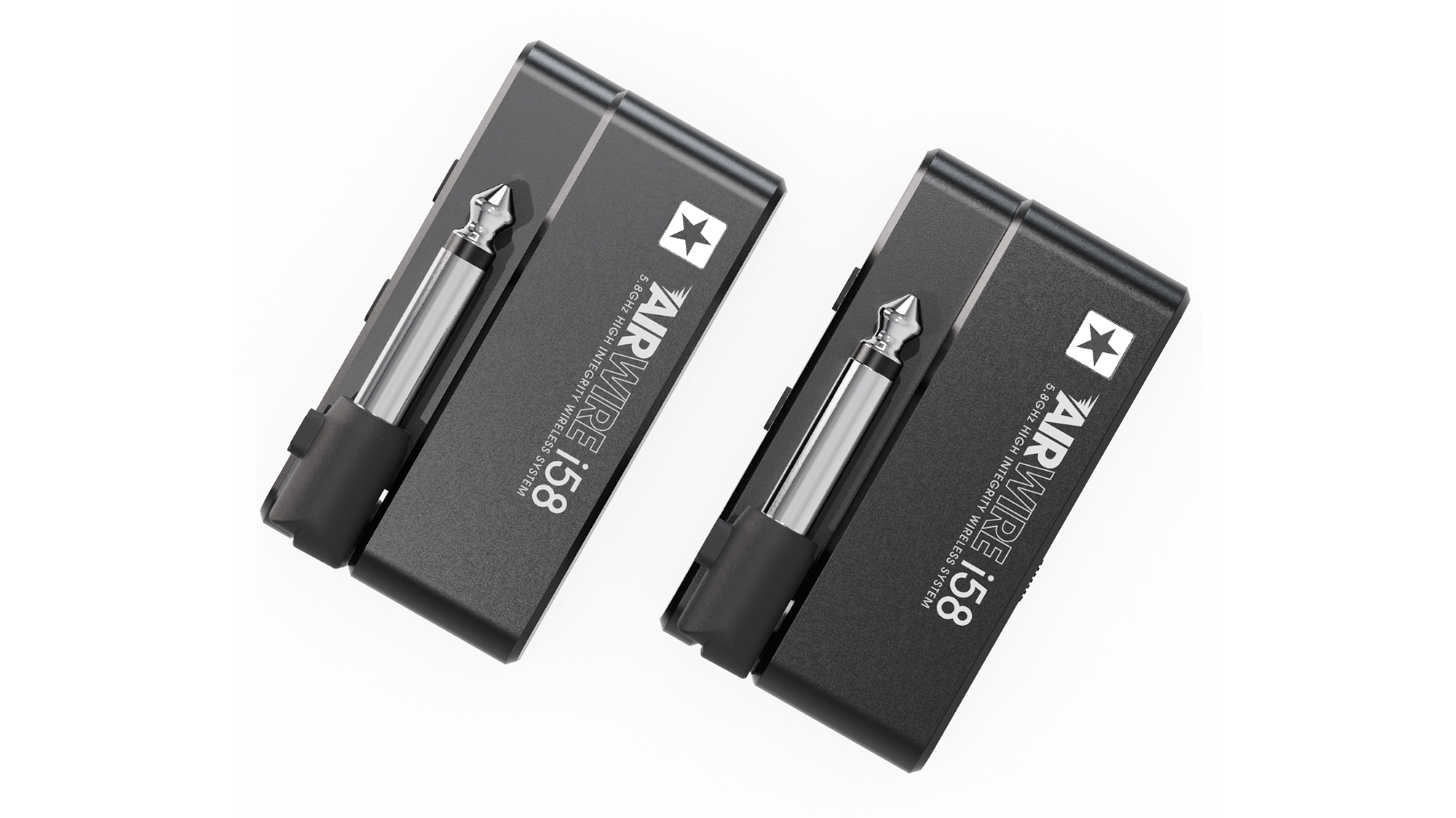
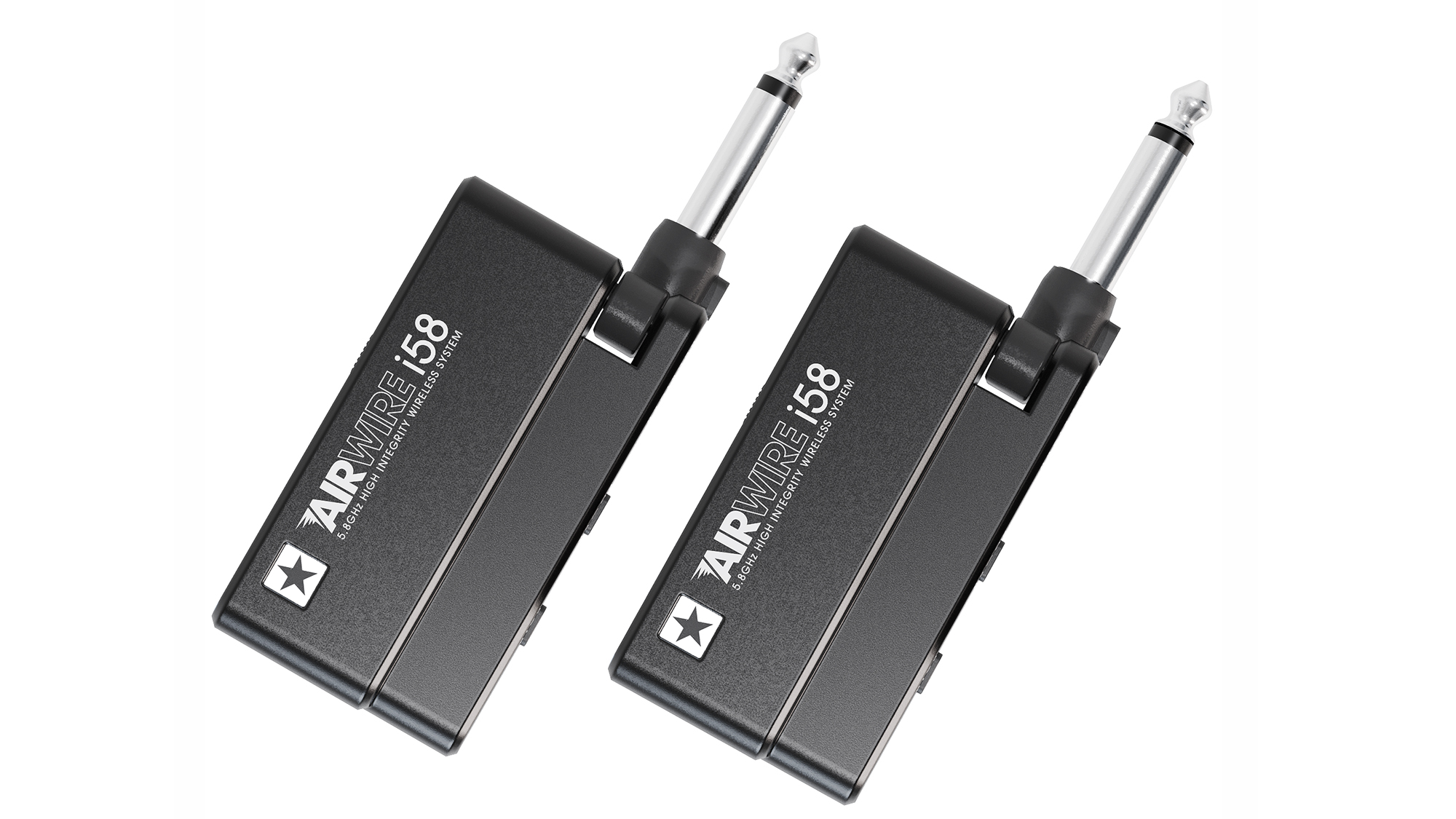
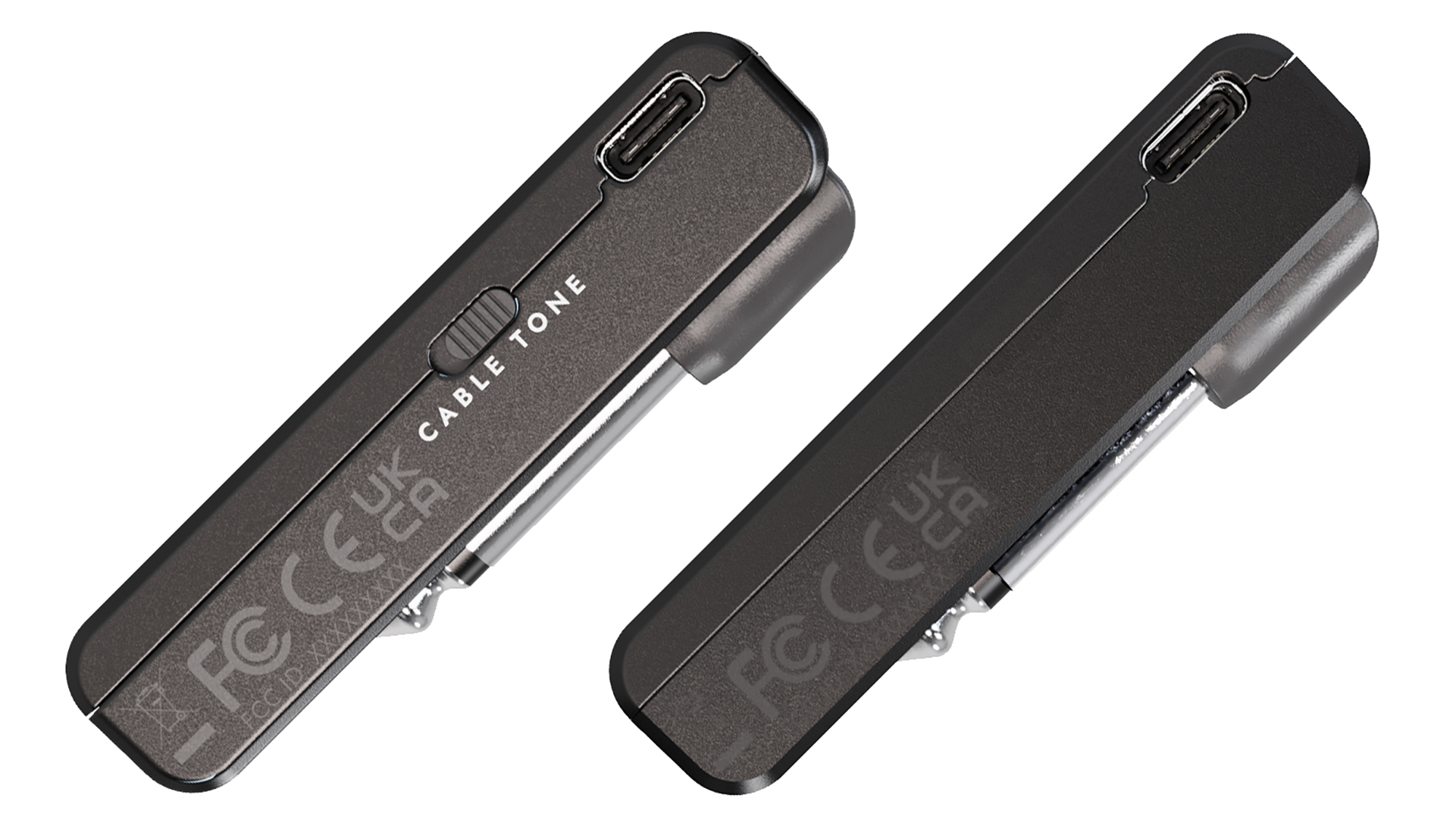
A rechargeable lithium ion battery uses a USB-C pot for charging, and takes less than two-and-a-half hours to fill with juice. In terms of price, the AIRWIRE i58 – which works with acoustics, electrics and bass guitars – weighs in at $170.
On paper, its a well-appointed wireless system, and one that looks very sleek indeed thanks to its low-profile, compact design. But it’s going up against some big hitters in the wireless market, so how does it stack up against the competition?
Well, it seems to one-up the Positive Grid Link in performance at least in terms of frequency bands, since the Link uses the 2.4G band as opposed to the 5.8G alternative. However, the Link is more affordable at $129, and at that price we struggled to fault it in our own review.
As expected though, at $170, you do seem to get a more expansive wireless system experience with the AIRWIRE, which offers a greater transmission range and battery life.
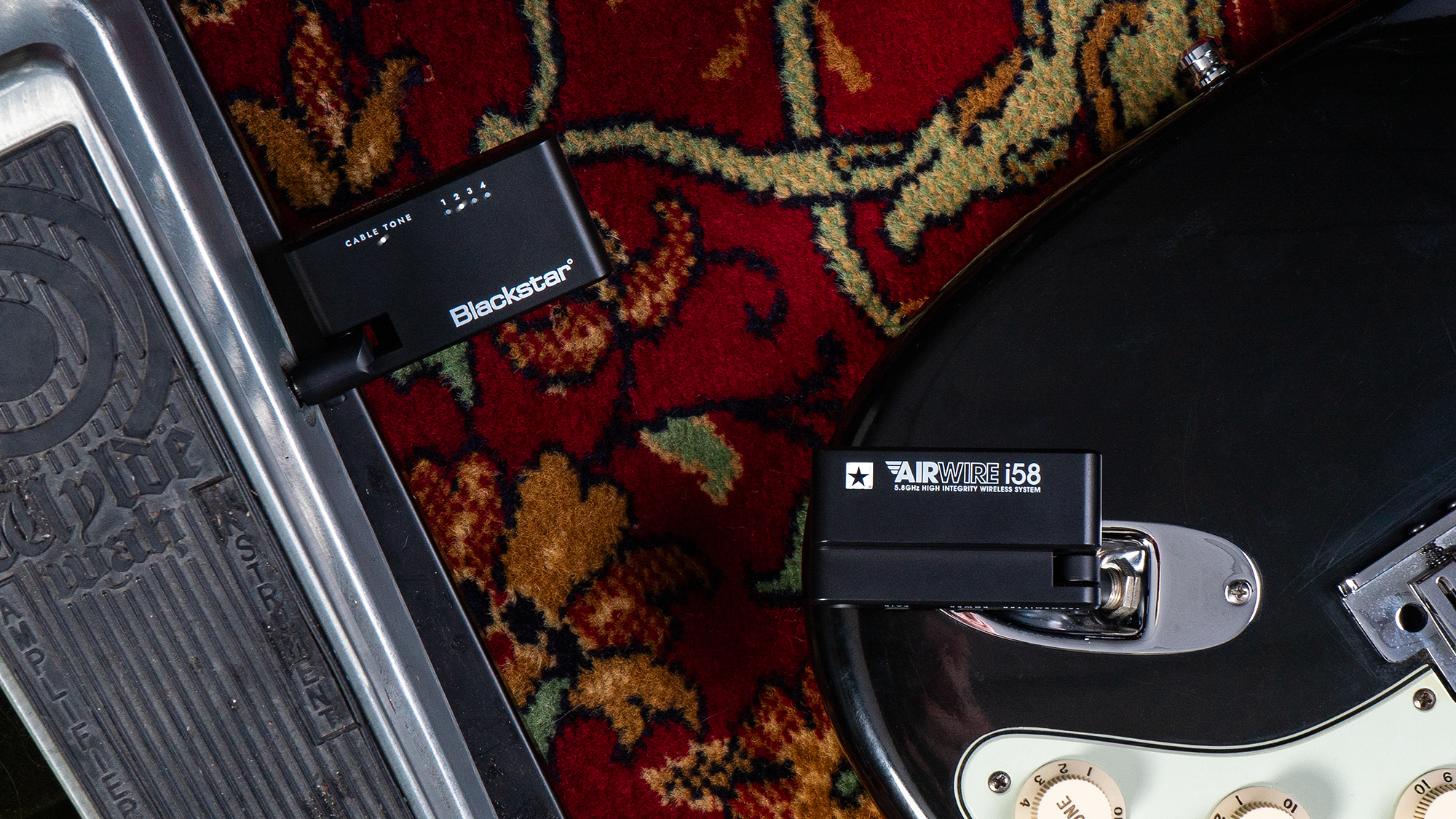
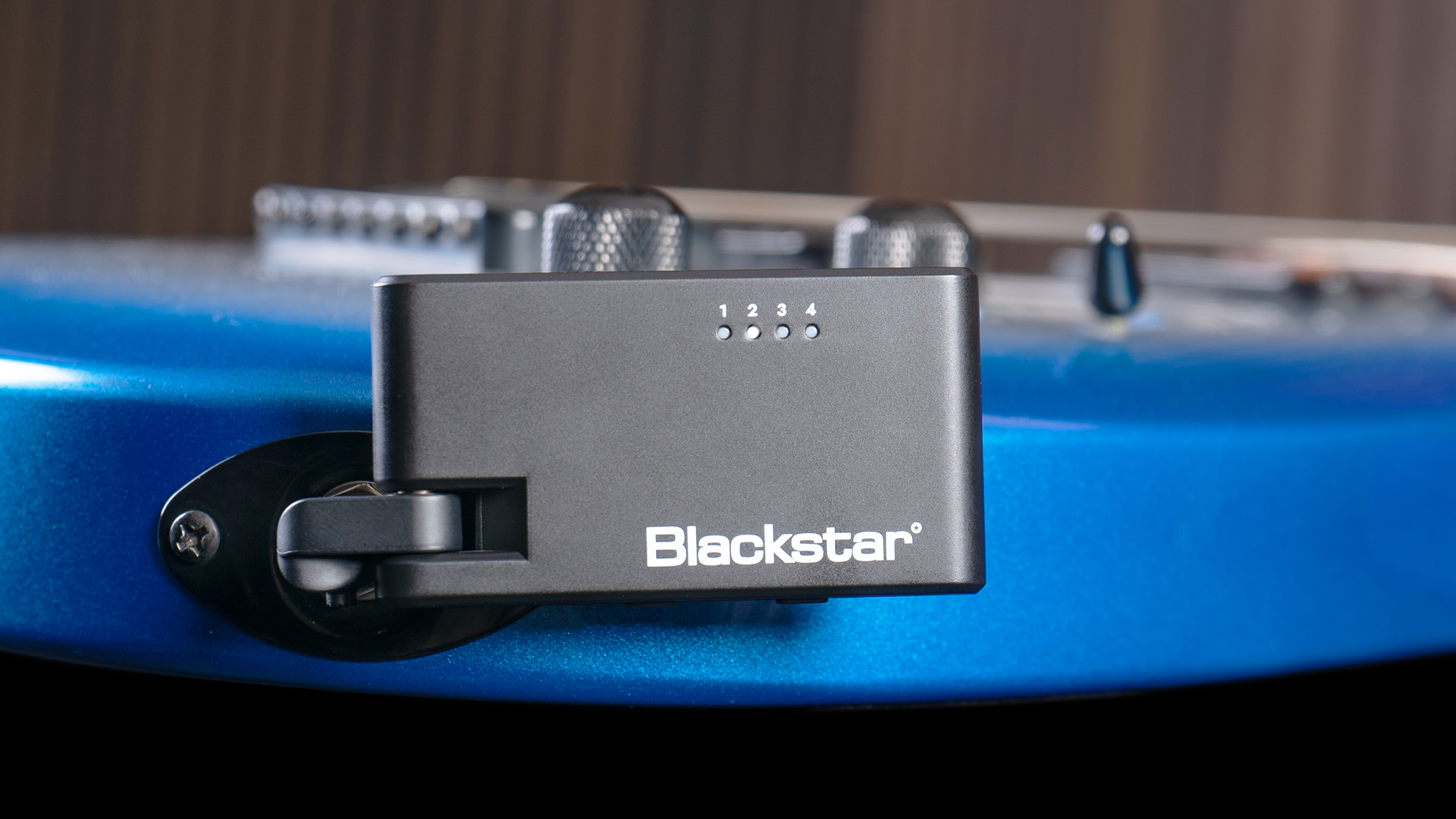
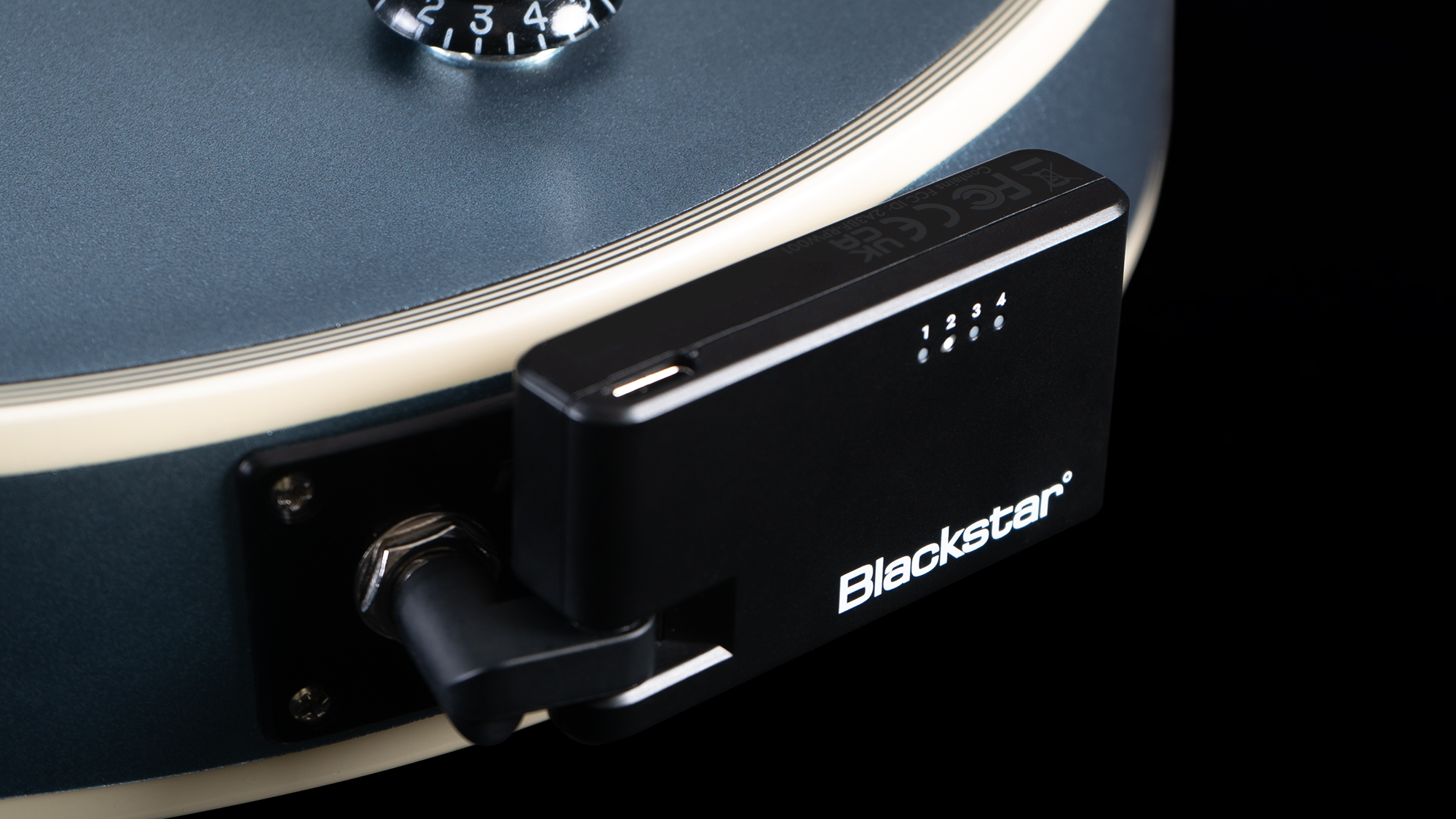
Fender’s Telepath, meanwhile, does use the superior 5.8G band and four concurrent channel operation with multi-unit pairing, but offers a slightly reduced eight-hour play time and 70-foot transmission range. It’s also slightly more expensive than the AIRWIRE at $200. Of course, none of the above offer that nifty aforementioned Cable Tone feature.
Food for thought. It goes without saying that those looking to ditch the cables are not short of options (Boss, Xvive and Line 6 also have their own offerings, too) but Blackstar has comfortably positioned its AIRWIRE i58 as a strong contender in the mix.
The AIRWIRE i58 is available now for $170.
Visit Blackstar for more.

Matt is the GuitarWorld.com News Editor. He has a Masters in the guitar, a degree in history, and has spent the last 16 years playing everything from blues and jazz to indie and pop. When he’s not combining his passion for writing and music during his day job, Matt records for a number of UK-based bands and songwriters as a session musician.
You must confirm your public display name before commenting
Please logout and then login again, you will then be prompted to enter your display name.
“Wins out on battery life, stealthy aesthetics and its well-judged Cable Tone feature”: Blackstar Airwire i58 review
“A distinctive brightness that no other strings have been able to capture”: How Rotosound revolutionized the bass world with its Swing Bass 66 strings – and shaped the sound of rock music in the process





